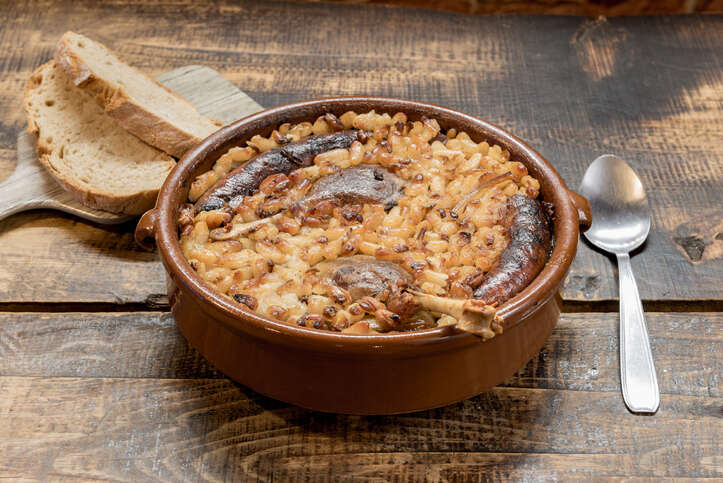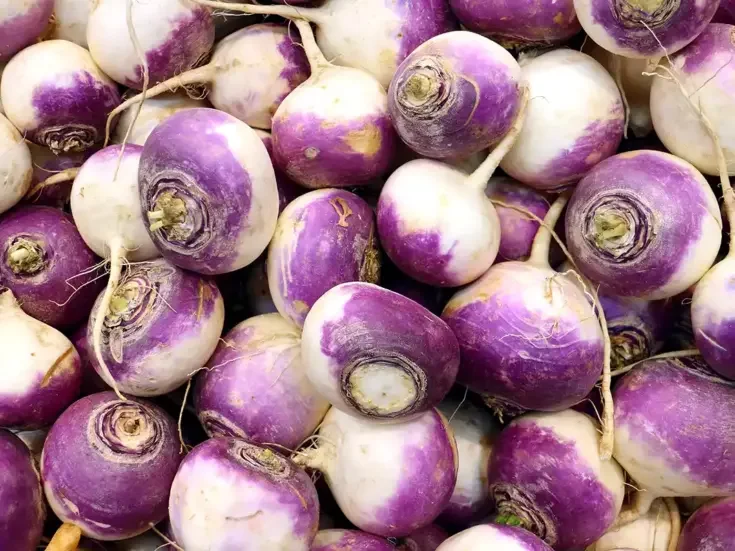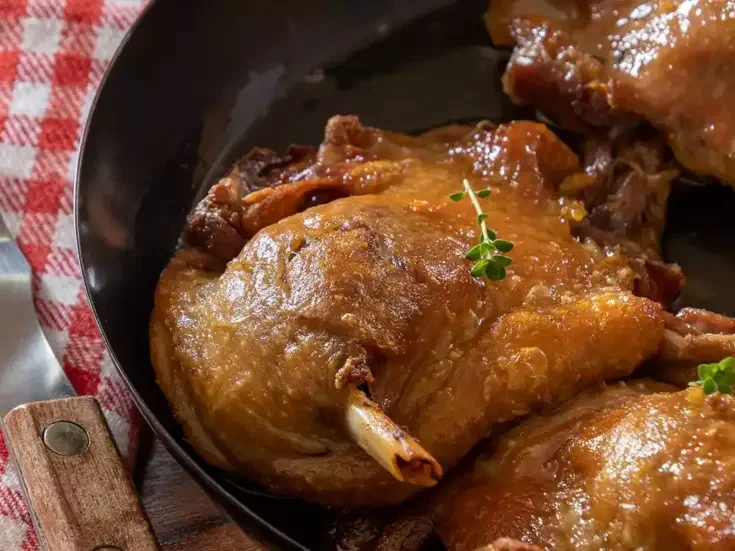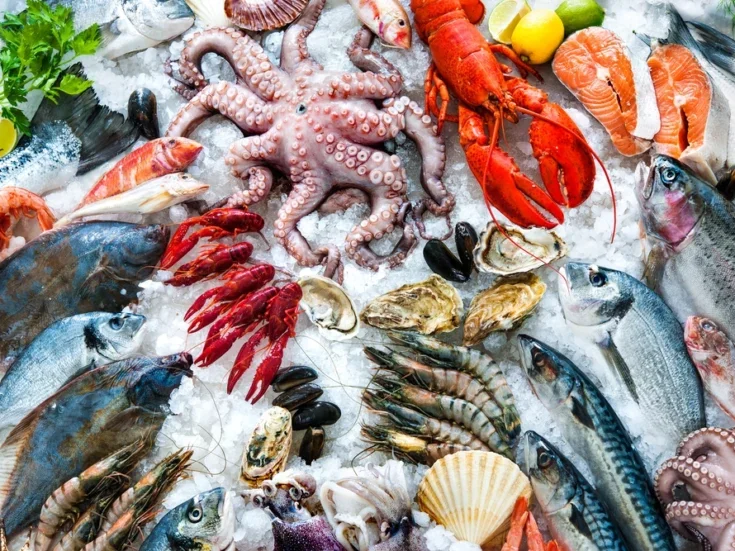
The precise origins of cassoulet, the classic southern French white bean and meat dish, may be disputed, but its ability to match red wines of various origins and styles is not in doubt, says Joanna Simon.
In the realms of French provincial cookery, few dishes are more famous than cassoulet and few have aroused more discussion (a euphemism for argument) about the origins, the authenticity of the ingredients, and the handling of them. I doubt there is a reader of The World of Fine Wine who has not encountered cassoulet, even if only in print or on screen, but for the sake of clarity I should say that it is a slow-cooked dish of white beans flavoured with garlic and pork or goose fat, to which fresh and preserved meats are added (having first been cooked separately) and also breadcrumbs. Anything it may lack in the number, variety, or refinement of the ingredients it makes up for in the number of different supposedly authentic, definitive renditions. Garlic is about the only ingredient over which there is no dispute.
Gascony v Languedoc: Disputed origins
Let’s start with provenance. At risk of invoking the wrath, or at very least dismay, of gastronomic Gascons (arguably there’s no other kind), I am on the side of Languedoc as cassoulet’s place of origin, even if Gascons have also adopted the dish as their own. André Daguin, the world-renowned Gascon chef based in Auch, was famously forthright on the subject and cassoulet features in the chapter on Gascony in the 1991 La France Gastronomique by Anne Willan, founder of La Varenne cookery school in Paris, although later she wrote of it as a Languedoc speciality (in The Country Cooking of France, 2007). But not all Gascons claim cassoulet. In his Memories of Gascony, Pierre Koffmann, the London-based chef, who went from Le Gavroche to his own La Tante Claire to Koffmann’s at the Berkeley, says: “Cassoulet, though always associated with […] the south-west is not really a traditional dish of the Gers. It is an essential item in the cooking of nearby Languedoc, and is closely connected with such places as Toulouse and Castelnaudary.” He goes on to say that “the only true cassoulet” he remembers his grandmother making was cassoulet de morue (salt cod).” Leaving fish cassoulet for another day, I return to Languedoc.
The name cassoulet derives from cassole, the glazed clay cooking pot that was made from local red clay in the village of Issel, a few kilometres north of Castelnaudary, and it was Prosper Montagné, compiler and first editor of Larousse Gastronomique, who championed cassoulet and brought it recognition in the 1930s. He called it the God of Occitan cuisine—a God with three heads: Castelnaudary, the Father; Carcassonne the Son; and Toulouse the Holy Spirit. The meat of the Castelnaudary version, the original, was pork alone—fresh, preserved, and sausage. In Carcassonne, leg of mutton was added and, in season, partridge. The Toulouse version used Toulouse sausage and, in addition to the pork and mutton, could include confit of goose or duck. Confit de canard or d’oie also looms large in the cassoulets of Gascony, but mutton (or even lamb) does not.
The bean debate
Alongside which meats are correct where, the beans have also aroused much debate, with many a town from Mazères to Tarbes claiming to grow the finest. What most commentators accept is that the earliest cassoulets must have been based on broad beans (and rather less meat), because haricot beans did not arrive from the New World until the 16th century. More importantly, for anyone cooking cassoulet today, it isn’t the size, precise variety, or origin of the beans that is key but that they shouldn’t fall apart during the long cooking (varieties that work well include kidney beans, cocos, and lingots.) The last piece of the controversial jigsaw is the breadcrumbs. These are sprinkled over the beans and meat just as it goes into the oven, then, part-way through cooking, the crust that has formed is stirred in, making way for another layer of crumbs to be added to form a crust. It’s the number of times this is repeated—from two to seven—that is debated.
Robust and contrasting partners
Even with so many interpretations, choosing accompanying wine seems peaceable in comparison. The usual way to go is to choose a full-bodied, fairly robust red, of which there’s no shortage in either Languedoc or the south-west. Among Languedoc’s old-vine blends based on Carignan, Grenache, Syrah, and sometimes Mourvèdre, I might choose a Boutenac (the jewel of Corbières), such as Château Fabre Gasparets, or Domaine Jones Vieilles Vines Fitou. I can be tempted into Roussillon, too, for Domaine Lafage’s old-vine Authentique. For a Gascon cassoulet in which confit de canard is prominent, Madiran is an obvious partner, but Cahors of a few years’ age, is also a good fit, for example, Château de Chambert. And you don’t have to stay in France. Old-vine Barossa Grenache or GSM are worth exploring, as are fine Argentine Malbecs, and my most recent discovery—only this week—is that Cerasuolo di Vittoria (Sicily’s DOCG blend of Nero d’Avola with Frappato) goes very well alongside cassoulet, albeit with what was a rather quickly thrown together, not entirely authentic version.
The other approach, which I discovered back in the 1990s when writing my book Wine With Food, is to cut through and contrast with the food instead of trying to match its weight. Crus Beaujolais, such as Moulin-à-Vent, Chénas, Morgon, and Côte de Brouilly, can do this beautifully.






